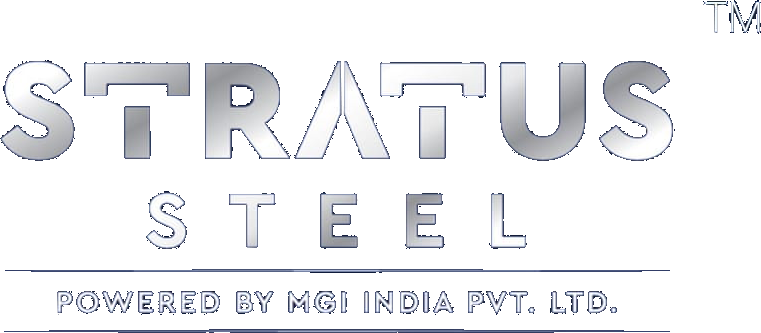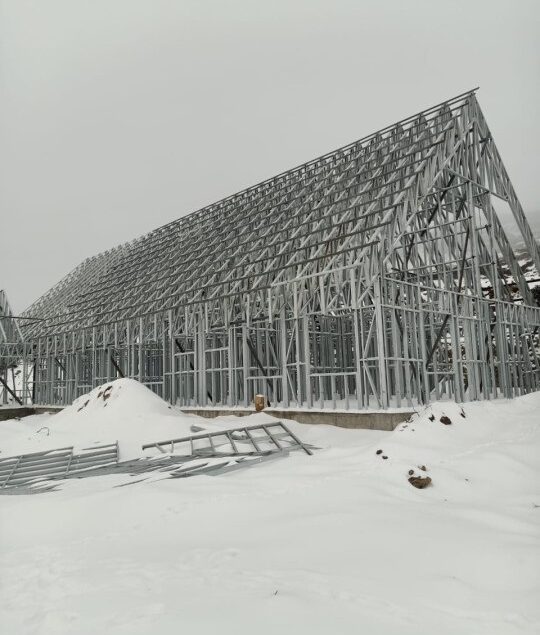How technology is addressing challenges in the construction industry ?
Globally, skilled labor shortages are making it difficult to adequately staff projects and deliver quality work. In the same vein, poor productivity is another notable challenge for the construction industry, which is often unfavorably compared to manufacturing where significant efficiency gains have been made (an average of 1% global labor-productivity growth in construction compared to 3.6% for manufacturing)
Combined with the increasing pressure to adhere to ever more stringent health and safety requirements, and protect workers in increasingly complex environments, it’s easy to see why many companies struggle to stay competitive and profitable. Yet advances in technology are changing the way we work and can help companies overcome these challenges – here’s how.
Skilled Labor Shortages
A serious area of concern for all companies across the architecture, engineering, and construction sectors is the lack of skilled workers joining the industry. The skills shortage isn’t confined to one region or country; rather, it’s a global problem.
Automated construction technology has the potential to reduce the impact of the labor shortage by introducing automation (robots) for repetitive tasks such as material stacking or bricklaying. Drones are excellent for conducting full site surveys and inspections, identifying potential site hazards and monitoring worker safety during the day.
Automated manufacturing equipment such as roll-forming equipment for cold-formed steel integrates innovative engineering, design, and production software to produce highly accurate frames, trusses, and joists, ready for easy assembly. These types of technological advancements streamline operator labor required, reducing labor demand and labor costs.
Offsite, modular, and prefabrication construction methods are another way to address labor shortages. By assembling components away from the job site, projects are less impacted by the availability of tradesmen, less dependent on good weather to construct, and built significantly quicker. As a result, finding and securing skilled labor becomes less of an issue, as prefabricated components only require installation in place, connection, and commissioning.
Poor Productivity
There are many reasons for the lower rates of improvements in construction, such as increased project and site complexities, inadequate design processes and investment, insufficient skilled labor, and under-investment in digitization, innovation, and capital.
In 2017, around US $ 10 trillion a year was spent on building and infrastructure and this is expected to increase. Increasing productivity is the only way for companies to keep up with the increased expenditure, and adopting new technologies is one solution for improving labor-productivity figures.
Using advanced Building Information Modeling (BIM) technologies, design and engineering processes can be reviewed and designed more efficiently. Thinking about construction as a production system rather than disparate processes can also help, leading designers to incorporate more offsite technologies to remove time, labor, cost, and risk from the job site, instead, shifting it upstream to the factory. Similarly, designing with software that integrates with automated technology and equipment can increase efficiency when the project moves into the construction phase.
Health and Safety
The construction industry has a high number of worker injuries and fatalities. In the US, there were 965 fatal work injuries in 2017 alone – or almost 3 people per day. While companies have done plenty to improve their health and safety records, the stats show that more can still be done.
Technology offers companies a way to work safer, as well as smarter. New software and equipment have been designed and developed to keep sites and staff safe, such as:
- Site sensors that can monitor sites for health and safety risks.
- Drones can survey sites quicker and access areas that are difficult for people to survey safely.
- Automated machines like bricklaying machines and exoskeletons remove the manual handling element of site work and the risk of injury.
- Body sensors can help workers lift safely by detecting poor posture when manual handling can’t be avoided.
- Virtual reality for training purposes allows workers to experience different scenarios while learning in a safe environment, and
- Offsite construction ensures that a large portion of the work is done in a safe, factory environment that is free from site risks.
Conclusion
New and emerging technologies offer construction companies a way to overcome these challenges to build smarter, safer, and higher-quality buildings faster than ever. For an industry faced with the constant pressure to deliver on time and to budget with fewer resources and shorter timescales, every advantage needs to be leveraged to stay competitive and profitable. Doing things as they’ve always been done is no longer an option.
If you want to work with a company that is embracing this incoming change and can help you build on time and within budget, get in contact with the Stratus Steel team to see how the world constructs.

